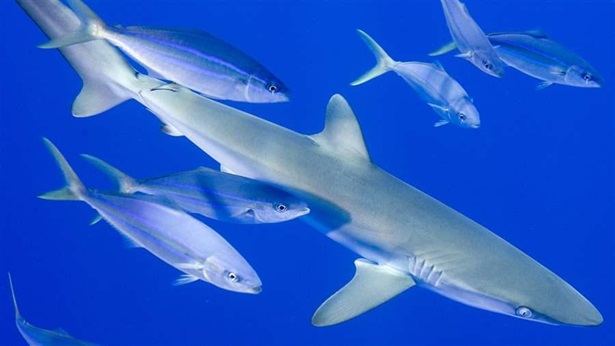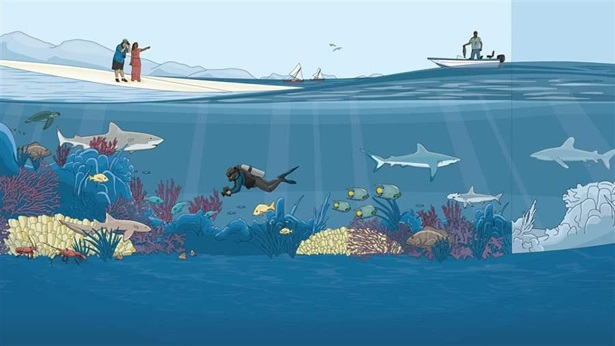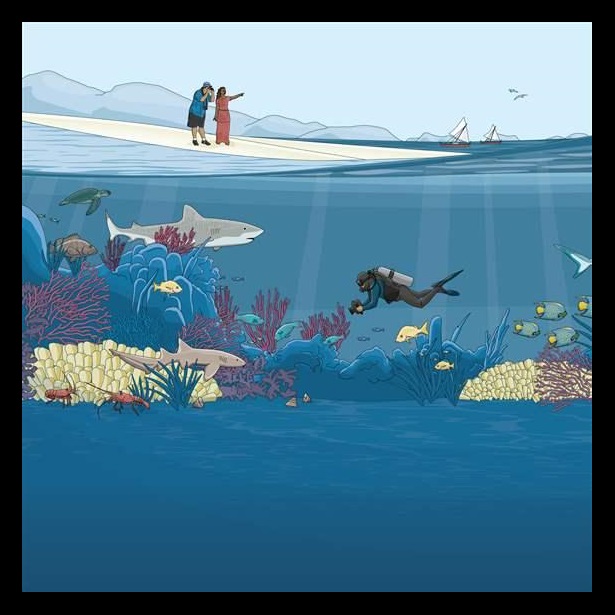Shark Conservation in China
Sharks have roamed the seas since before the time of the dinosaurs, but their status at the top of the ocean food web may be in jeopardy. The killing of sharks—mainly for their fins—has significantly depleted many species. Scientists estimate that approximately 100 million sharks are killed each year in commercial fisheries. The largely unregulated catch and trade of sharks and shark parts is driving many populations toward extinction, and the loss of these marine predators could disrupt the balance of the entire ocean ecosystem.
Pew has been engaged in global shark conservation for 15 years. We have taken a multifaceted approach, working to establish trade protections for heavily fished shark species, to create shark sanctuaries within the exclusive economic zones of island nations, and to lower the global demand for shark fins and other products.
China, which has banned consumption of shark fin at government banquets, is poised to be an important contributor to international efforts to reduce the fin trade. Already a leader in clean energy investment, China is moving toward other policies that signal a new era of environmental protection.
Moving forward: Reducing demand
Trade protections and sanctuaries are critical to conserving sharks, but they will not be enough until the global demand for shark fins and other shark products is curbed.
The Chinese government sent an important message about the value of sharks to the oceans with its ban on shark fin at official banquets. Chinese businessmen also have taken a stand, with prominent members of the China Entrepreneur Club pledging to stop eating shark fin. In 2013, these businessmen were named Global Shark Guardians by Pew, The Nature Conservancy, and WildAid. Many prominent businesses, such as the Hyatt and Starwood hotel chains and the Hong Kong-based airline Cathay Pacific, also have banned shark fin from menus and from cargo shipments.
Despite this recent progress, much work remains to be done to end the unsustainable trade in sharks. With each new commitment, whether to stop serving shark fin or to sign a global trade treaty, China is sending a message that sharks are more valuable in the ocean than in a bowl of soup.
Additional Resources


This video is hosted by YouTube. In order to view it, you must consent to the use of “Marketing Cookies” by updating your preferences in the Cookie Settings link below. View on YouTube
This video is hosted by YouTube. In order to view it, you must consent to the use of “Marketing Cookies” by updating your preferences in the Cookie Settings link below. View on YouTube


America’s Overdose Crisis
Sign up for our five-email course explaining the overdose crisis in America, the state of treatment access, and ways to improve care
Sign up












